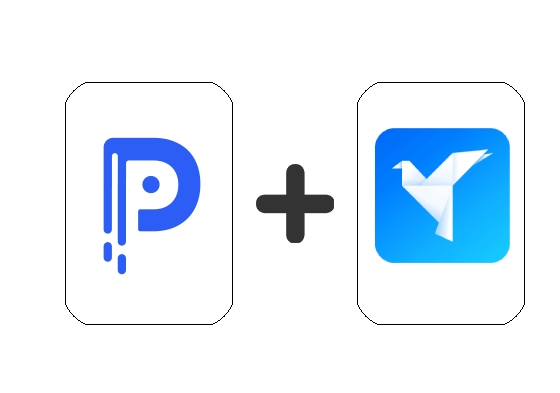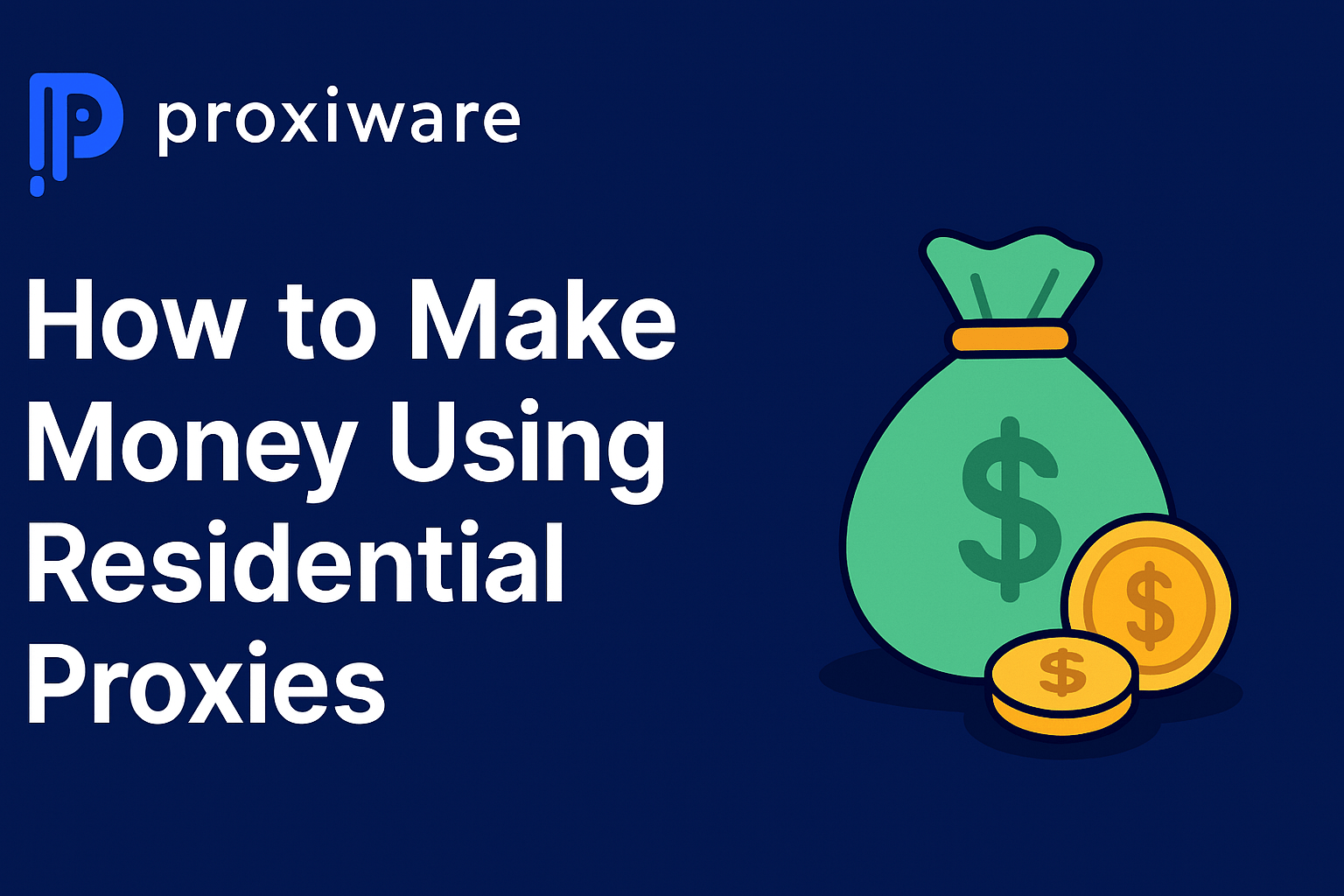SOCKS5 Residential Proxy
SOCKS5 Residential Proxy Proxies are high-speed private proxies used to comply with strict IP-blocking campaigns. These proxies feature a SOCKS5 protocol allowing more diverse traffic than regular HTTP proxies and a residential IP address which is less likely to be blocked. They’re perfect for accessing geo-restricted content, managing multiple social media accounts or conducting market research, providing ultimate anonymity and security.
What is a SOCKS5 Residential Proxy?
A SOCKS5 Residential Proxy is an internet protocol that routes packets of data between a server and a client using a proxy server. In this scenario, the proxy server is located in a residential area, making it appear as though data traffic is coming from an ordinary internet user’s residential location. This aids in maintaining anonymity online and bypassing geo-restrictions since websites identify and respond to residential IP addresses more favorably compared to data center IP addresses.
What are the advantages of SOCKS5 over other proxy types?
SOCKS5 proxies offer some significant advantages. They support all types of traffic, including POP3 and SMTP for emails and FTP for uploading files to servers. They establish a full TCP connection thus helping in managing different types of data transfer and handling various network functions more efficiently. SOCKS5 proxies also provide higher levels of anonymity, making it harder for anyone to track your online activities.
How can I set up a SOCKS5 Residential Proxy?
To set up a SOCKS5 Residential Proxy, you would first require a provider who can offer you this service. Once you have a provider, they will supply the necessary IP addresses and ports. To configure this on your device, navigate to your internet settings and specify that you want to use a proxy server. Following this, input the provided IP address and port. Depending on your provider, you may also need to enter a username and password.







